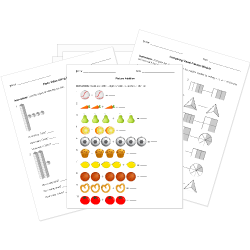Common Core Standard HSN-VM.C.9 Questions
(+) Understand that, unlike multiplication of numbers, matrix multiplication for square matrices is not a commutative operation, but still satisfies the associative and distributive properties.
You can create printable tests and worksheets from these questions on Common Core standard HSN-VM.C.9! Select one or more questions using the checkboxes above each question. Then click the add selected questions to a test button before moving to another page.







